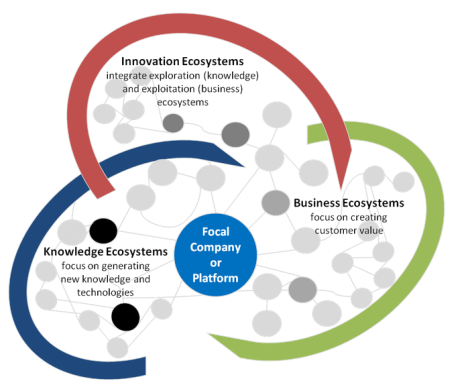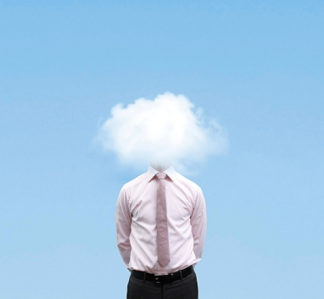 It had to come to this eventually. The emergence of Blockchain and distributed ledger systems illustrates how innovation is moving from focus on products and services, which are interesting but don’t provide a long-lasting competitive advantage, to a focus on platforms and ecosystems.
It had to come to this eventually. The emergence of Blockchain and distributed ledger systems illustrates how innovation is moving from focus on products and services, which are interesting but don’t provide a long-lasting competitive advantage, to a focus on platforms and ecosystems.
Over the last few weeks this need for a lasting competitive shift in focus was emphasized as Ford pushed out its CEO because he wasn’t changing the company fast enough. As discussed in this blog previously, the automotive sector must rethink its competitive position. Increasingly, people want flexible transportation – from cabs, Uber, public transportation and/or their cars.
The automotive manufacturers (Ford, GM, Fiat, Mercedes, etc) must shift their focus from building physical cars to providing transportation – a shift in thinking and strategy.
In a very similar manner we can see that banking and financial services are moving from offering discrete services (mortgages, loans, checking/savings accounts, etc) and are considering how to either own or integrate with larger platforms and ecosystems, because the older conventions are less attractive to emerging customers and technology is advancing so quickly that soon many different companies and industries can offer banking-like services.
Distributed ledgers and Blockchain may point out a new competitive platform that some firm is going to capitalize on. For example, we can imagine a time in the not too distant future where a large company that supports and relies on an extended supply chain – the automotive industry for example – could dictate that all of its supply chain participants must interact using Blockchain. Then we’d have a company spanning, industry wide ERP like platform. If this sounds crazy, don’t laugh. The government of Dubai just announced that within five years every entity that interacts with the government must do so using Blockchain.

 Our experiences determine to a large degree, success or failure. When you are reliant on others to collaborate and exchange knowledge, for the better good, you need to make sure there is a consistent validation process.
Our experiences determine to a large degree, success or failure. When you are reliant on others to collaborate and exchange knowledge, for the better good, you need to make sure there is a consistent validation process. Jeffrey wrote a recent post “
Jeffrey wrote a recent post “
 There is a new set of battlegrounds brewing around platforms and ecosystems and what and who controls the data and the flows needed to build these thriving environments, reliant on the cloud.
There is a new set of battlegrounds brewing around platforms and ecosystems and what and who controls the data and the flows needed to build these thriving environments, reliant on the cloud.

 So what is the difference between a fog and a cloud? Well, actually bandwidth is part of the answer and where data needs to be situated.
So what is the difference between a fog and a cloud? Well, actually bandwidth is part of the answer and where data needs to be situated. In the last post Paul wrote about
In the last post Paul wrote about